
Welcome: Kyle Morris
Lab MattersPeople & Perspectives Kyle Morris joins EMBL-EBI as Electron Microscopy Data Bank (EMDB) Team Leader.
2024
lab-matterspeople-perspectives

Lab MattersPeople & Perspectives Kyle Morris joins EMBL-EBI as Electron Microscopy Data Bank (EMDB) Team Leader.
2024
lab-matterspeople-perspectives
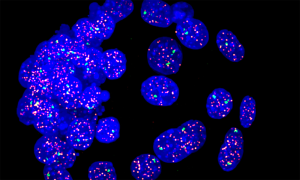
Science & Technology A recent EMBO | EMBL symposium brought together leading developers of imaging methods with cutting-edge applications that illustrate how imaging can answer biological questions.
2023
eventsscience-technology

Users no longer need to download large datasets with the new galleries feature
2023
updates-from-data-resources
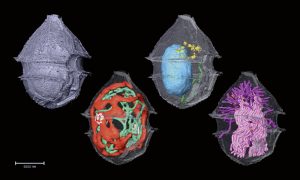
Science & Technology A new method developed by EMBL scientists can help us identify and investigate plankton species in field samples with greater speed, accuracy, and resolution than ever possible before.
2023
sciencescience-technology
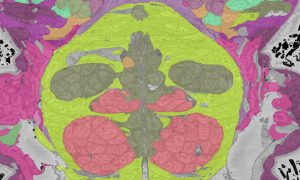
EMBLetc EMBL researchers are pushing the frontiers of big data analysis in biological imaging, allowing scientists to gain a many-layered and multidimensional view of organisms, tissues, and cells in action.
2023

Lab MattersScience & Technology Home to some of Europe’s most cutting-edge tools in molecular biology, EMBL has long shared its expertise and access to these tools through an extensive repertoire of courses, conferences, seminars, and other training. And now included in this mix is a job shadowing programme at EMBL Imaging…
2023
lab-mattersscience-technology
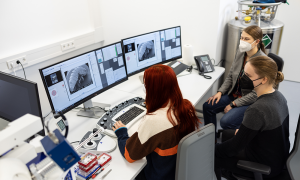
Lab Matters The new EMBL Imaging Centre held its first on-site training workshop, introducing undergraduate students to the basics of volume electron microscopy. This marks the first of many opportunities to aid capacity-building in imaging techniques in Europe.
2022
lab-matters
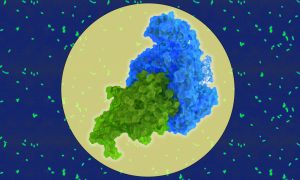
Science & Technology Using cryo-EM and structural biology techniques, EMBL researchers have shown how two proteins of Legionella pneumophila interact. This finding sheds light on a mechanism critical to the infection process and could lead to the development of new drugs to treat pneumonia.
2021
sciencescience-technology
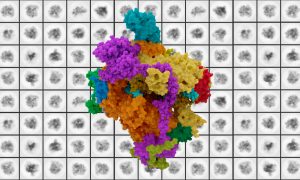
Science & Technology New structural biology research provides fundamental information critical to understanding enzyme mutations connected to rare diseases and cancers.
2021
sciencescience-technology
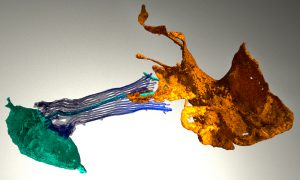
Science & Technology What can sponges tell us about the evolution of the brain? Sponges have the genes involved in neuronal function in higher animals. But if sponges don’t have brains, what is the role of these? EMBL scientists imaged the sponge digestive chamber to find out.
2021
sciencescience-technology

Science & Technology EMBL scientists and colleagues have developed an interactive atlas of the entire marine worm Platynereis dumerilii in its larval stage. The PlatyBrowser resource combines high-resolution gene expression data with volume electron microscopy images.
2021
sciencescience-technology
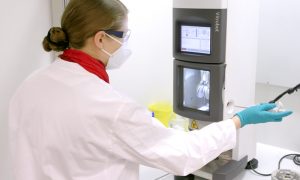
Lab MattersScience & Technology Giulia Zanetti from the Institute of Structural and Molecular Biology (ISMB) in London explains how the collaboration with the Cryo-Electron Microscopy Service Platform enabled her group to reveal the structure of protein transport complexes.
2021
lab-mattersscience-technology

Lab MattersPeople & Perspectives The challenges and opportunities when setting up a global archive for bioimages
2021
lab-matterspeople-perspectives
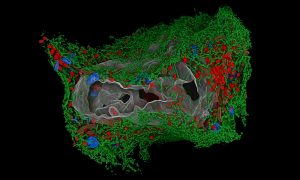
Science & Technology It’s almost a year since the coronavirus outbreak was declared a pandemic, affecting all our lives. While the virus continues its grip on the world, scientists are understanding it better and better, increasing our knowledge about it and opening up new ways to fight it.
2021
picture-of-the-weekscience-technology

Lab MattersPeople & Perspectives The EMBL Imaging Centre is scheduled to open in 2021 with Timo Zimmermann as Team Leader for advanced light microscopy technology development and service provision.
2021
lab-matterspeople-perspectives
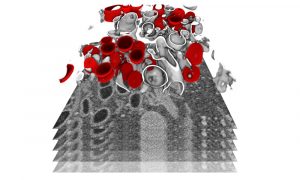
Science & Technology Researchers have studied SARS-CoV-2 replication in cells and obtained detailed insights into the alterations induced in infected cells. This information is essential to guide the development of urgently needed therapeutic strategies for suppressing viral replication and induced pathology.
2020
sciencescience-technology
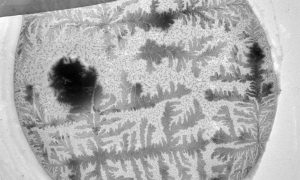
Science & Technology How does your crystal garden grow? EMBL's Electron Microscopy Core Facility was able to capture this garden of blooming crystals as they studied mosquito reproductive cells.
2020
picture-of-the-weekscience-technology

Lab MattersPeople & Perspectives The Head of the Electron Microscopy Core Facility at EMBL Heidelberg receives Mid-Career Scientific Achievement Award 2020
2020
lab-matterspeople-perspectives

Lab MattersPeople & Perspectives The new team leader offering services in electron microscopy discusses his hopes and plans for the forthcoming EMBL Imaging Centre
2020
lab-matterspeople-perspectives
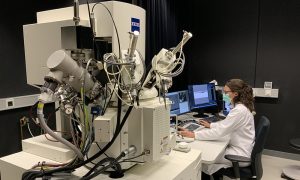
Science & Technology EMBL electron microscopy specialists collaborate with researchers from Heidelberg University Hospital to understand the changes occurring in cell structures upon SARS-CoV-2 infection.
2020
sciencescience-technology
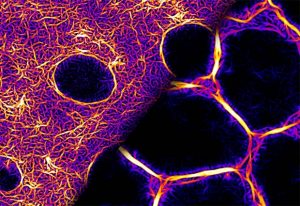
Science & Technology New insights into mechanisms behind embryonic development
2019
sciencescience-technology
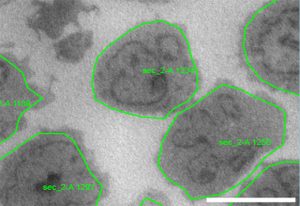
Science & Technology Scientists develop software tools for automated acquisition of electron microscopy data
2019
sciencescience-technology
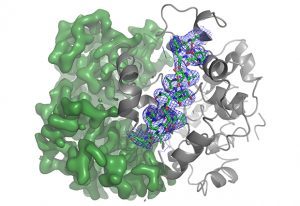
Lab MattersScience & Technology Researchers at EMBL Hamburg have released the next generation of their ARP/wARP software
2018
lab-mattersscience-technology
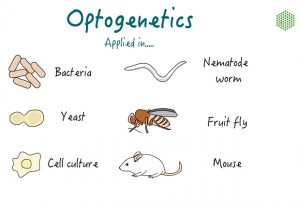
EMBL Announcements EMBL’s training programme launches its first e-learning courses: introductions to optogenetics and CLEM
2018
embl-announcementsevents
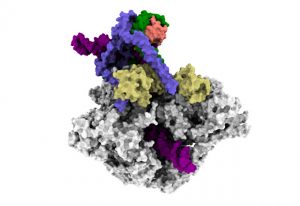
Science & Technology EMBL researchers uncover how a key enzyme that helps cells make new proteins starts its work
2018
sciencescience-technology
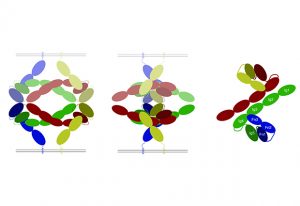
Science & Technology EMBL researchers solve a decades-long debate on a key process for brain and embryo-development
2018
sciencescience-technology
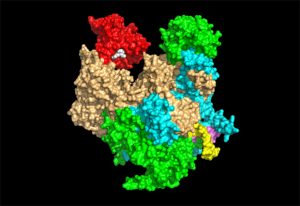
Science & Technology ERC grantee Stephen Cusack shares his vision for the next ten years
2017
sciencescience-technology

People & Perspectives How a research technician with a master’s degree contributed to Nobel Prize-winning work
2017
alumnipeople-perspectives

Science & Technology New research shows how pores form in the membrane that surrounds a cell’s nucleus
2017
sciencescience-technology

People & Perspectives Jacques Dubochet, Nobel laureate and former EMBL group leader, reflects on a key aha moment
2017
alumnipeople-perspectives

Science & Technology Inside the Centre for Structural Systems Biology
2017
sciencescience-technology

ConnectionsLab Matters EMBL and the European synchrotron ESRF extend their Joint Structural Biology Group
2017
connectionslab-matters

Science & Technology As a new cryo-EM facility is inaugurated, EMBL’s Michael Hons describes his role in the project
2017
sciencescience-technology

EMBL Announcements EMBL alumnus recognised for cryo-electron microscopy work
2017
embl-announcementsscience

Lab Matters Celebrating 40 years since the first EMBO electron microscopy training course
2017
eventslab-matters
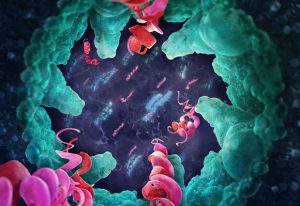
Science & Technology EMBL scientists add crucial knowledge to understanding of the bacterium that causes tuberculosis
2017
sciencescience-technology

People & Perspectives New group leader Wojciech Galej investigates RNA-protein complexes involved in gene expression
2017
people-perspectivesscience
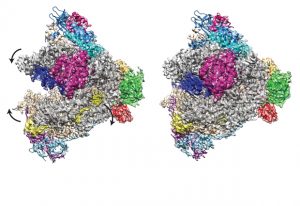
Science & Technology Cryo EM reconstruction of RNA Polymerase I reveals details of how molecule binds and transcribes DNA
2016
sciencescience-technology
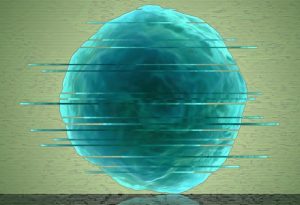
Science & Technology Commentary in Nature Methods introduces the EMPIAR resource and gives glimpse of future developments
2016
sciencescience-technology

Science & Technology EMPIAR lets researchers take a closer look at the images used to build 3D molecular structures.
2014
sciencescience-technology
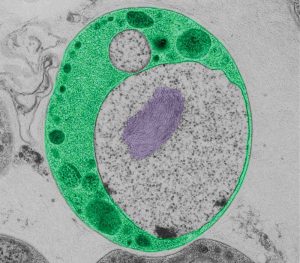
Science & Technology Although they are present almost everywhere, on land and sea, a group of related bacteria in the superphylum Planctomycetes-Verrucomicrobia-Chlamydiae, or PVC, have remained in relative obscurity ever since they were first described about a decade ago. Scientists at the European Molecular Biology…
2010
sciencescience-technology
No matching posts found
Looking for past print editions of EMBLetc.? Browse our archive, going back 20 years.
EMBLetc. archive